In the history of automobile design, few countries have leaned so far into a given artistic movement to guide their collective pens as France did during the art deco period of the 1920s and ’30s. With their emphasis on the streamline moderne style of industrial design, nearly a hundred years on, the swooping, flowing prewar cars of Avions Voisin, Bugatti, Delage, Delahaye, Peugeot, and Talbot-Lago are still revered for the beauty of their radical exteriors and – special nod to Voisin – their sometimes wild interiors. French carrosserie Figoni et Falaschi played no small part in the leading the way.
And yet, Talbot very nearly missed out on this extraordinary period. In the early 1930s, Automobiles Talbot-Darracq, then owned by the Anglo-French firm of Sunbeam-Talbot-Darracq (STD), produced a dull range of largely forgettable passenger cars, and the company’s finances reflected this; bankruptcy loomed large, and the firm needed a saviour.

In September 1933, he appeared in the form of Anthony Lago. Lago was equal parts talented engineer and suave businessman who had fled his native Italy in 1919 after a run-in with three armed fascists ended with him tossing a grenade their way, killing one of them. He settled first in Paris and eventually worked for Pratt & Whitney in America, before landing in England in the 1920s, where he spent some time at Self-Changing Gears Ltd., which produced the Wilson pre-selector four-speed gearbox. Conveniently, Lago had the rights to the new-fangled mechanism in his pocket when he convinced the board of STD to send him to the Parisian suburb of Suresnes to overhaul its failing French arm. In a series of slick deals that ultimately resulted in the collapse of STD, Lago assumed control of the company without spending a dime.
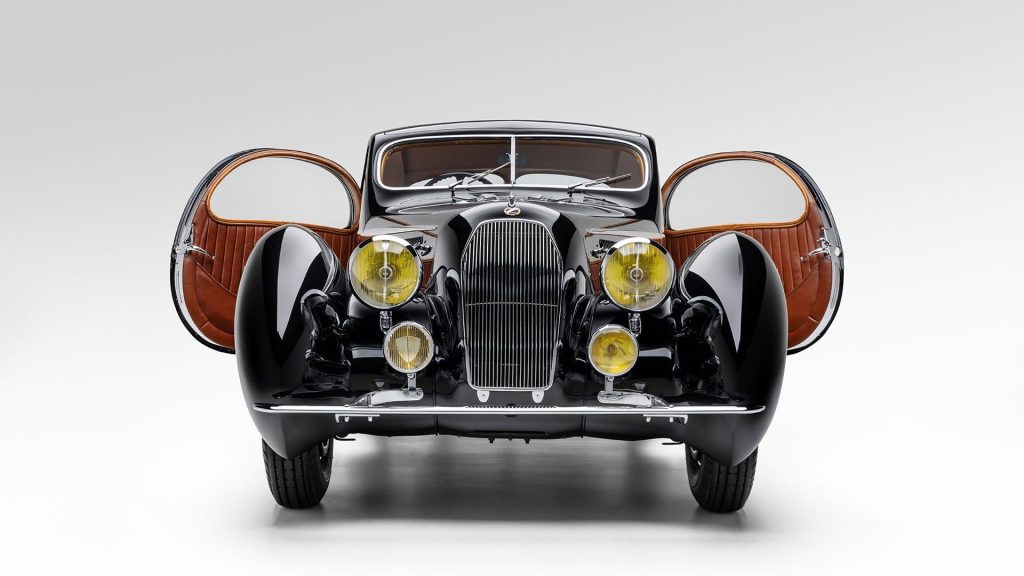
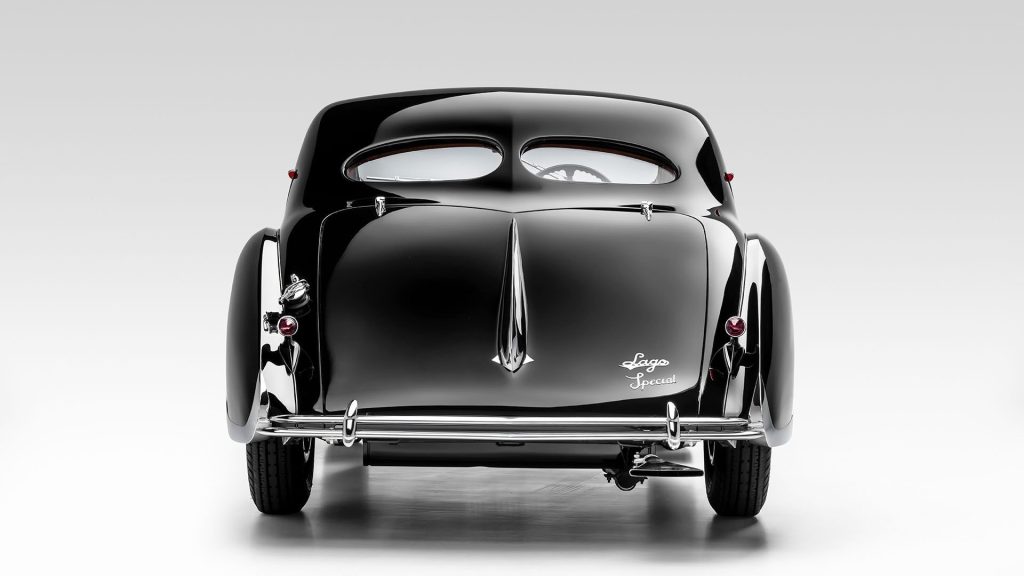
Immediately, he set about revamping the product offerings of the renamed Talbot-Lago to focus on exciting, sporting cars while simultaneously taking the company racing. He tasked chief engineer Walter Becchia, formerly of Fiat, with developing a more powerful six-cylinder engine, and he engaged his friend and fellow Italian ex-pat Joseph Figoni to design unforgettable bodies for his new chassis.
It all culminated at the 1934 Paris Salon, where the prototype Talbot-Lago T150 Grand Sport, with a lithe Figoni body, a new 3.0-litre engine, and a pre-selector gearbox, stunned showgoers. The new and improved Talbot-Lago had arrived.
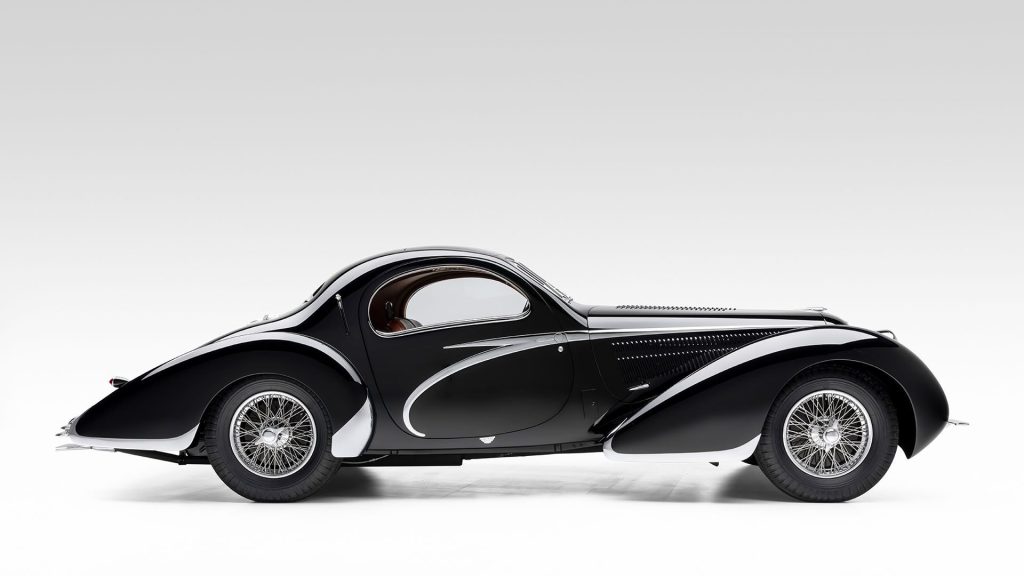
Two years later, they came to the Paris show with two new ladder-type chassis, the sporting 104-inch T150 C-SS, which was available only as roller for coachbuilt bodies (it was also the basis for Talbot’s Grand Prix racing cars), and the T150 C, which was identical but for its 116-inch length. The added space would accommodate coachwork with rear seating or, as this 1938 T150 C Lago Special, s/n 90034, highlights, an elegant, uncompromised two-seat design that could make the best use of the added real estate.
Both chassis featured independent front suspension with a transverse rear leaf spring and an underslung live axle, and power came from Becchia’s all-new 4.0-litre straight-six, a further development of the 3.0-litre unit that had an alloy head with hemispherical combustion chambers. In racing guise, breathing through three Zenith carburettors, it produced 175bhp and could propel a Talbot-Lago to nearly 130mph. Road cars had a detuned version good for about 140bhp; by 1939 the figure was closer to 165bhp.

Although other coachbuilders constructed lovely bodies for the T150 chassis, including Pourtout and Saoutchik, Figoni’s Goutte d’Eau, (“drop of water” or, more succinctly, “teardrop”) coupe coachwork was arguably the prettiest, and it came in three variations: with all four wheels enclosed, with just the rears enclosed, and with all four wheels exposed. This last design, internally designated as 9222, was given to s/n 90034, the only long-chassis T150 C commissioned as such.
The car was ordered for 165,000 francs (roughly £80,000 today) by banker and gentleman racer Antoine Schumann through Alfa Romeo racer-turned-Talbot-Lago sales agent Luigi Chinetti in September 1938. From the base of the windshield forward it roughly shared the same proportions as teardrop coupes built on the SS short chassis. But the extra length allowed Figoni to give the car a more flowing profile from the windshield back, which abandoned the notchback styling so often seen on the shorter models.
Schumann spec’d his car with a metallic dark blue paint, rare and expensive at the time, with tobacco leather upholstery and matching wood trim, and custom exterior flourishes included freestanding rather than enclosed headlights, a sliding sunroof, removable rear fenders, a chromed spear swooping across the doors, and a unique Lago Special script on the tail.
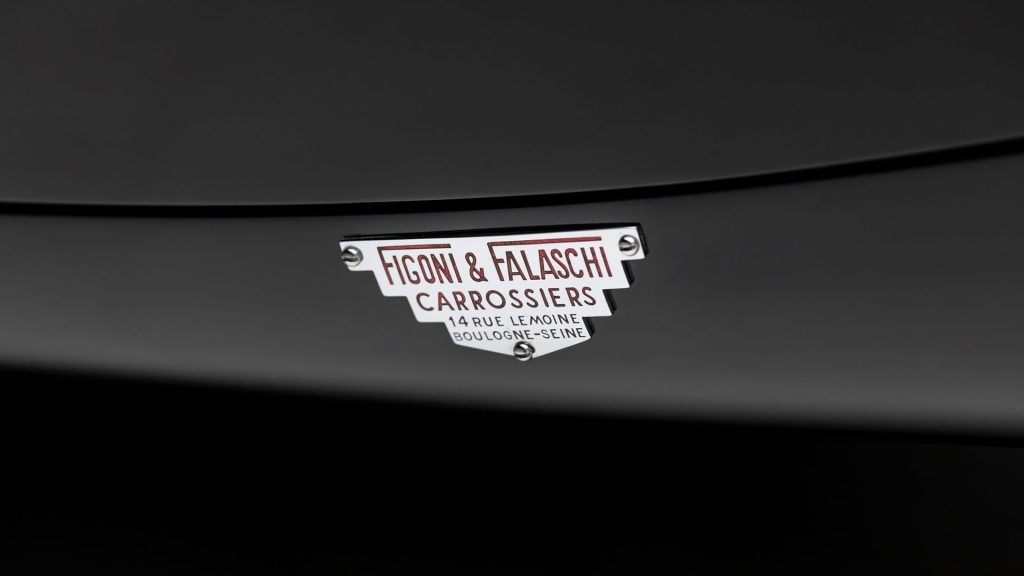

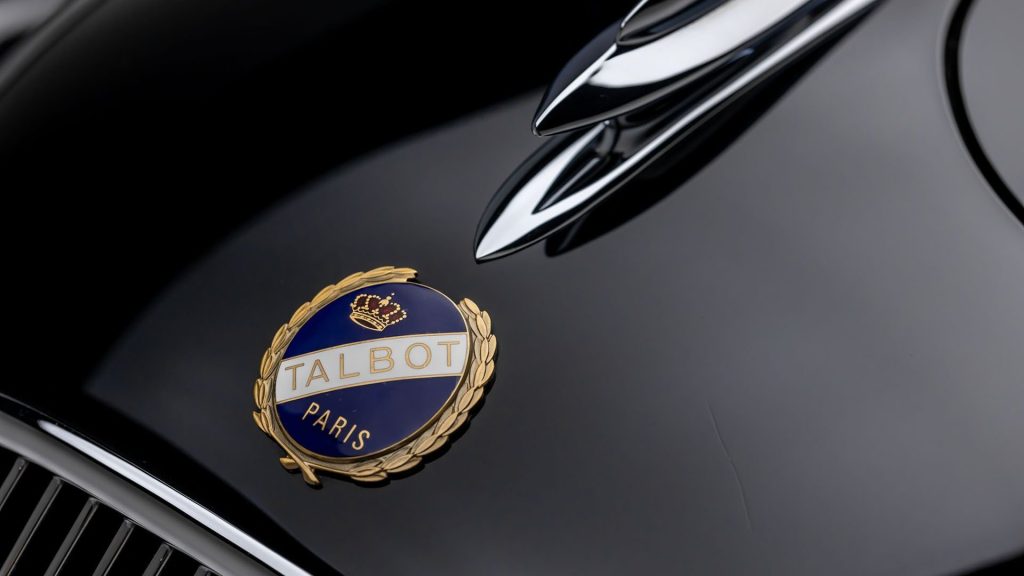

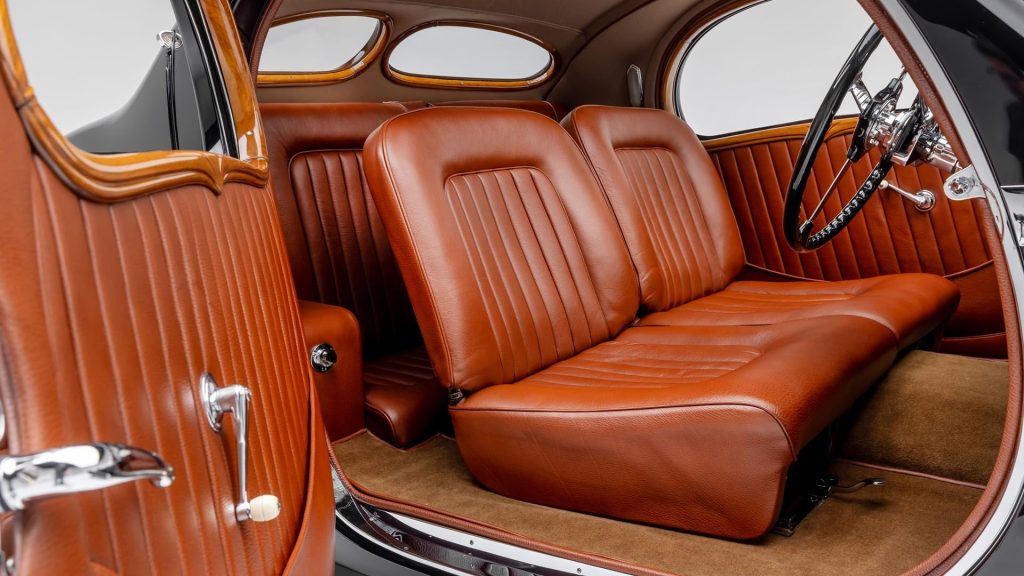
When the Nazis invaded France in May 1940, Schumann hid the Talbot-Lago and fled the country. As a refugee in Egypt, he learnt to fly, joined the French Resistance, and flew sorties against Field Marshal Rommel in North Africa. Following hostilities, Schumann was reunited with the car in France, then sold it in late 1946 or early ’47.
Its next owner, clothing retailer Frédéric Damman, was a gentleman racer who entered the car in the 24 Heures de Spa, held at Spa-Francorchamps 10–11 July 1948. In the nine-year-old machine, he and his co-driver finished 11th overall and won the 4-litre class. Damman was no stranger to exotic machinery, but he treasured the Talbot-Lago and kept it until 1979, when it then traded twice in quick succession, before selling again at auction in 1981 to a long-term owner who eventually moved with it to South America.
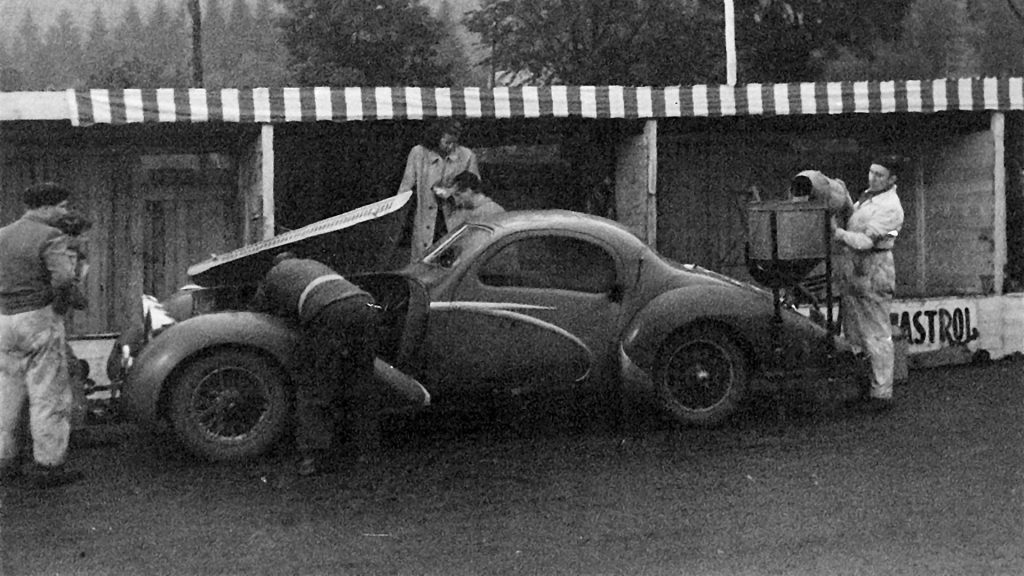
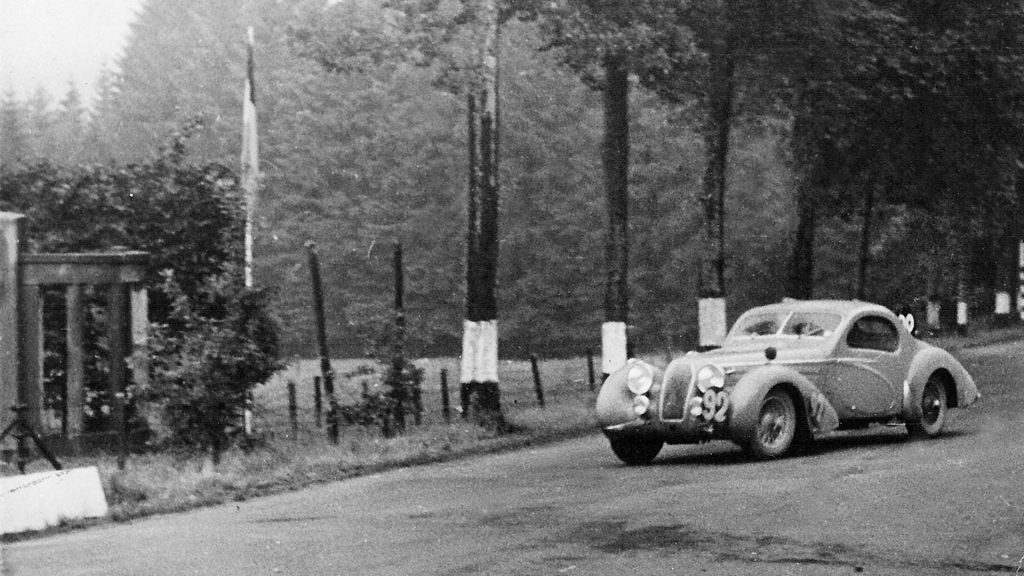
Following some mechanical work in 2004 with a Swiss collector and dealer, it sold at auction in Monterey in 2005 to the late Texas collector John O’Quinn, for £2.1 million. O’Quinn had it restored, which included renewing the original leather and refinishing the original wood. The colour was changed to the current black, and it was mechanically sorted. Following O’Quinn’s death, in 2010 s/n 90034 sold again in Monterey, this time for £2.9 million, to its current owner.
Any Talbot-Lago of the prewar era is a rare machine, including the “ho hum” models built before Anthony Lago cleverly took the reins – even if they lack for excitement. But Lago’s transformation of the company was nothing short of spectacular, and the T150 models produced on his watch, particularly those fitted with custom coachwork by Figoni et Falashi, are rightly regarded as some of the most sensational automobiles ever to hit the road. Total T150 production was miniscule – roughly 25 C-SS variants and fewer than 50 of T150 C – and as a result collectors have cherished the cars for decades.
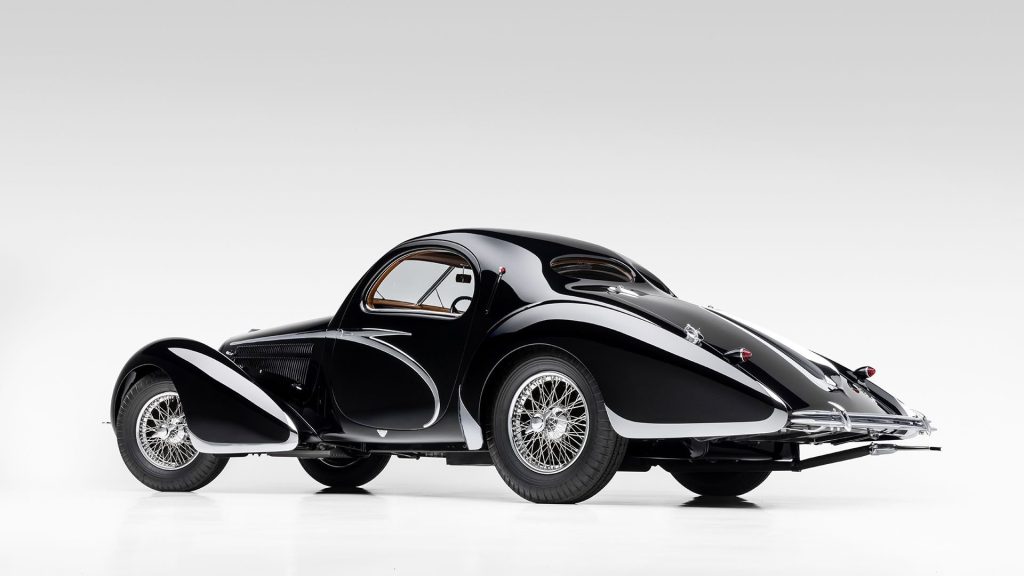
This car is headed back to Monterey later this month and will cross the block at Broad Arrow’s Jet Center Auction, with a presale estimate of £5M–£6.2M. There will be other cars on the peninsula with higher estimates, but with its flawless one-off coachwork, its unbroken ownership history, a brief but perfect racing record, and a superb restoration that retained most of its original components, 90034 could very well set the sale room abuzz. Few cars would be more deserving.
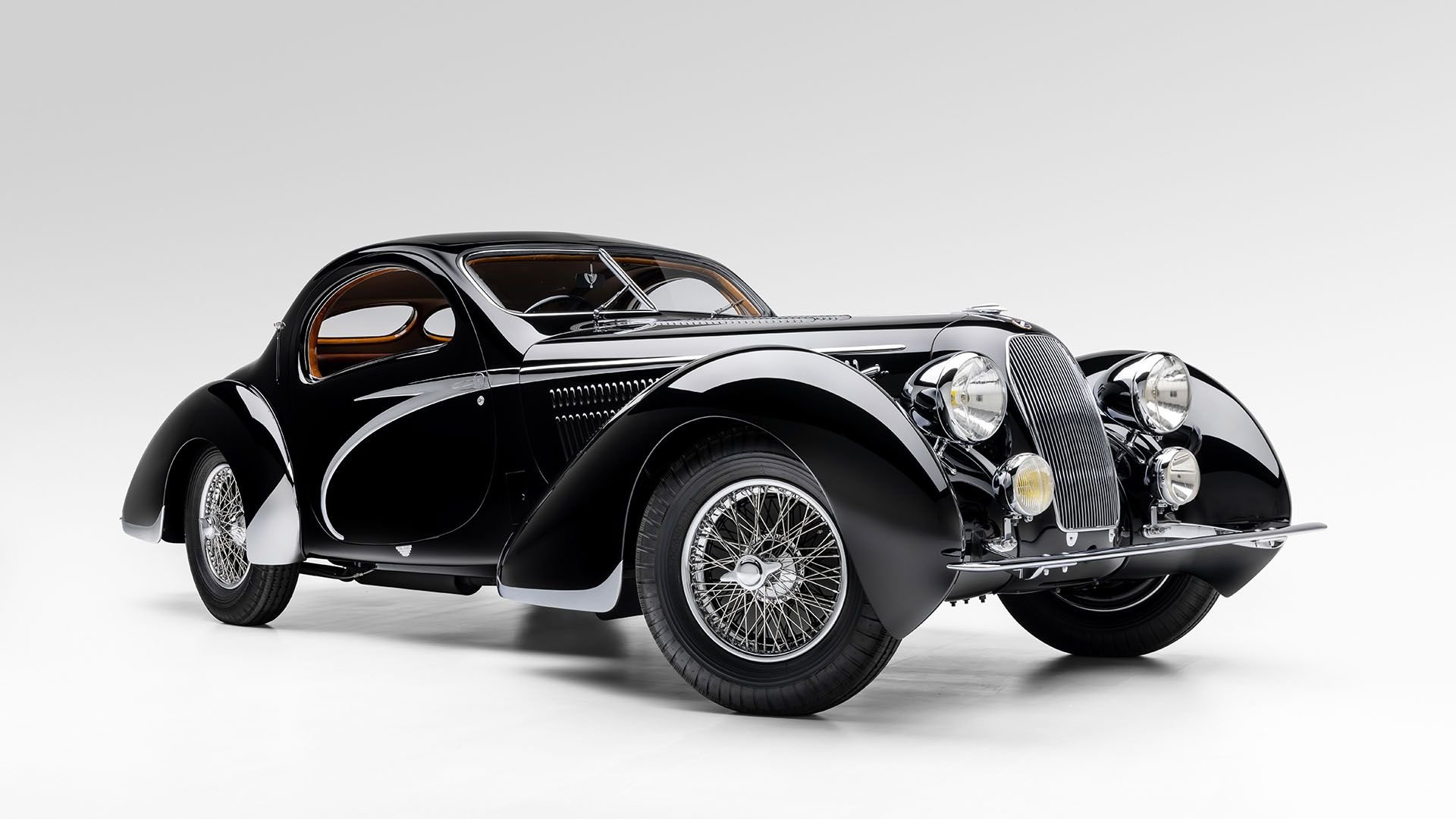







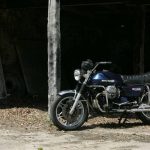

Fantastic car with history well written.
Love it reserve a little high for me.